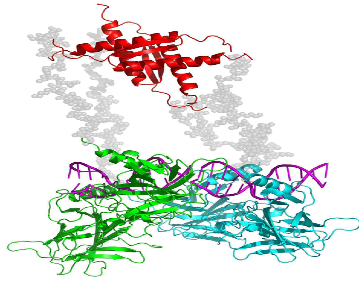Directed evolution of new catalytic activity using the alpha/beta-barrel scaffold.
MM Altamirano, JM Blackburn, C Aguayo, AR Fersht
– Nature
(2000)
403,
Directed evolution of new catalytic activity using the alpha/beta-barrel scaffold.
MM Altamirano, JM Blackburn, C Aguayo, AR Fersht
– Nature
(2000)
403,
Mechanism of rescue of common p53 cancer mutations by second‐site suppressor mutations
PV Nikolova, KB Wong, B DeDecker, J Henckel, AR Fersht
– EMBO Journal
(2000)
19,
Interdomain interactions within the gene 3 protein of filamentous phage
J Chatellier, O Hartley, AD Griffiths, AR Fersht, G Winter, L Riechmann
– FEBS letters
(2000)
463,
Equilibria and kinetics of folding of gelsolin domain 2 and mutants involved in familial amyloidosis-Finnish type.
RL Isaacson, AG Weeds, AR Fersht
– Proceedings of the National Academy of Sciences
(1999)
96,
Formation of Short-Lived Protein Aggregates Directly from the Coil in Two-State Folding
M Silow, YJ Tan, AR Fersht, M Oliveberg
– Biochemistry
(1999)
38,
NMR analysis of the binding of a rhodanese peptide to a minichaperone in solution 1 1Edited by J. Karn
N Kobayashi, SM Freund, J Chatellier, R Zahn, AR Fersht
– J Mol Biol
(1999)
292,
GroEL recognises sequential and non-sequential linear structural motifs compatible with extended β-strands and α-helices 1 1Edited by J. Karn
J Chatellier, AM Buckle, AR Fersht
– J Mol Biol
(1999)
292,
Identification of substrate binding site of GroEL minichaperone in solution.
N Tanaka, AR Fersht
– Journal of Molecular Biology
(1999)
292,
The FHA Domain Is a Modular Phosphopeptide Recognition Motif
D Durocher, J Henckel, AR Fersht, SP Jackson
– Molecular cell
(1999)
4,


